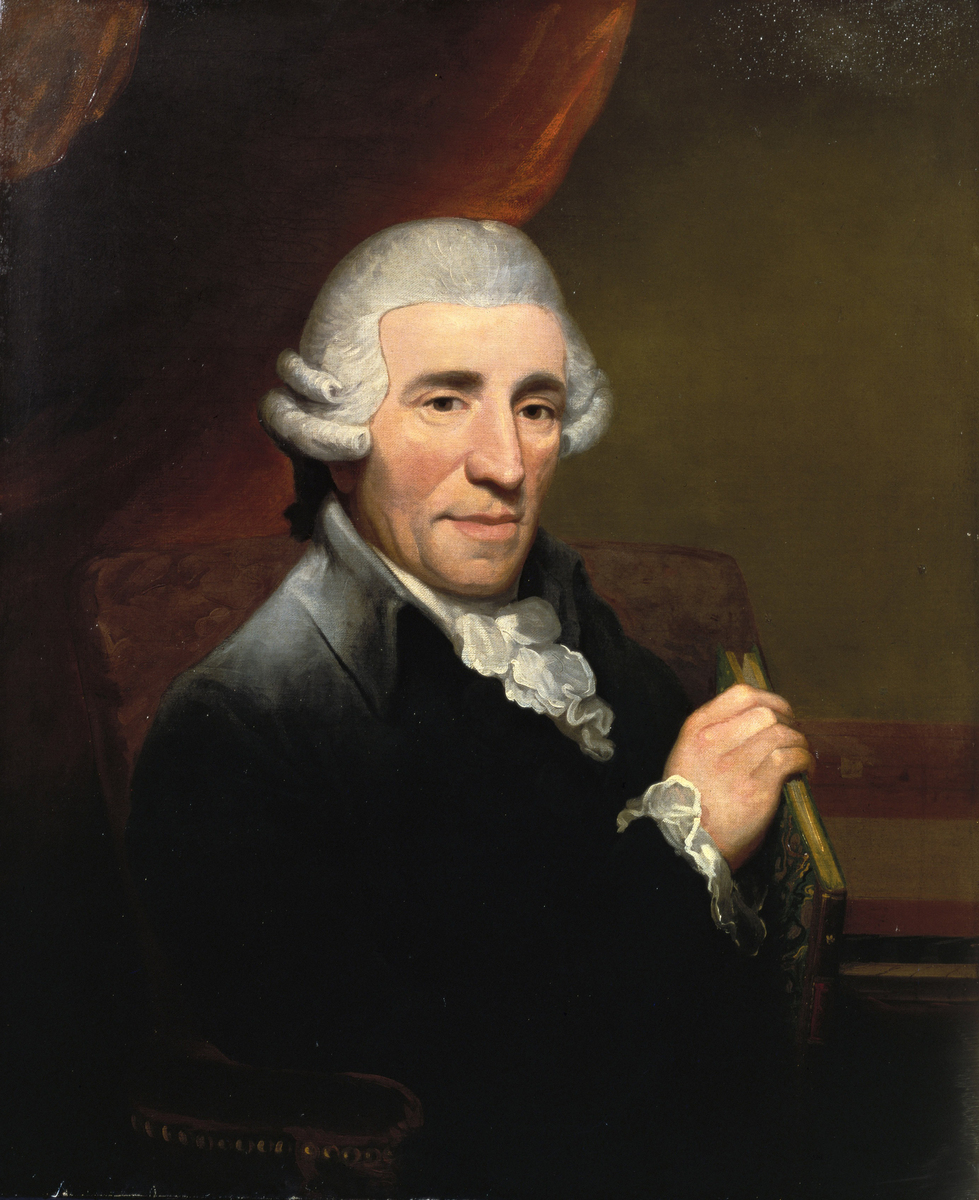Source

Source: bpk-Bildagentur, image number 00009289. For rights inquiries, please contact Art Resource at requests@artres.com (North America) or bpk-Bildagentur at kontakt@bpk-bildagentur.de (for all other countries).
Often called the “father” of the classical symphony and string quartet, Franz Joseph Haydn (1732-1809) was also one of the most prolific composers of the classical period. In 1761, he took a position with the Esterházy family in Eisenstadt. This marked the beginning of a relationship that lasted almost thirty years and secured his livelihood. In 1791-92, and again in 1794-95, he visited London, where his performances attracted a large and enthusiastic public. Between his London visits, Haydn tutored the young Ludwig van Beethoven. Haydn went to Vienna in 1795, where he composed some of his most ambitious works, including the famous oratorios, Die Schöpfung [The Creation] and Die Jahreszeiten [The Seasons]. During this period, he also wrote his tribute to the Habsburg dynasty, Gott erhalte Franz den Kaiser [God Save Franz the Emperor], which became the Austrian and, later, the German national anthem. Painting by Thomas Hardy (1757-c. 1805), 1792.

Source: bpk-Bildagentur, image number 00009289. For rights inquiries, please contact Art Resource at requests@artres.com (North America) or bpk-Bildagentur at kontakt@bpk-bildagentur.de (for all other countries).
bpk / Hermann Buresch